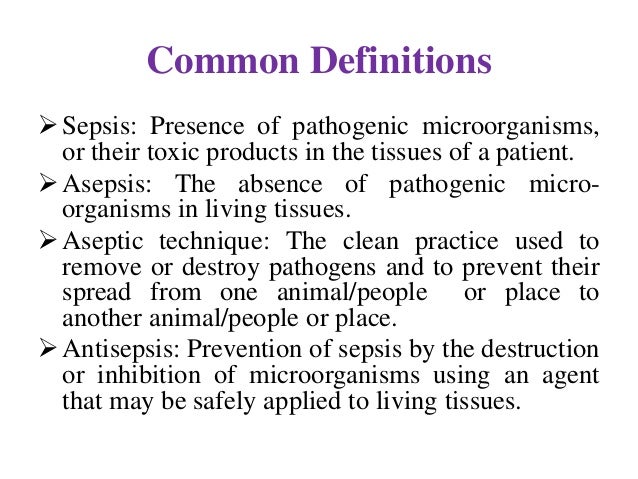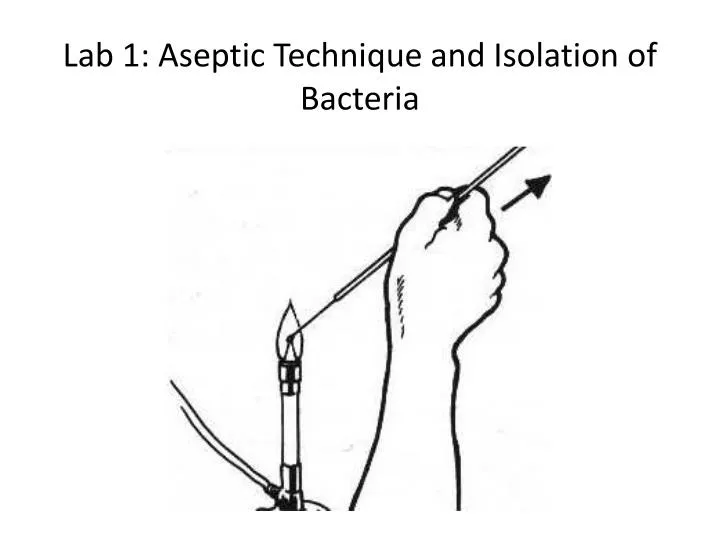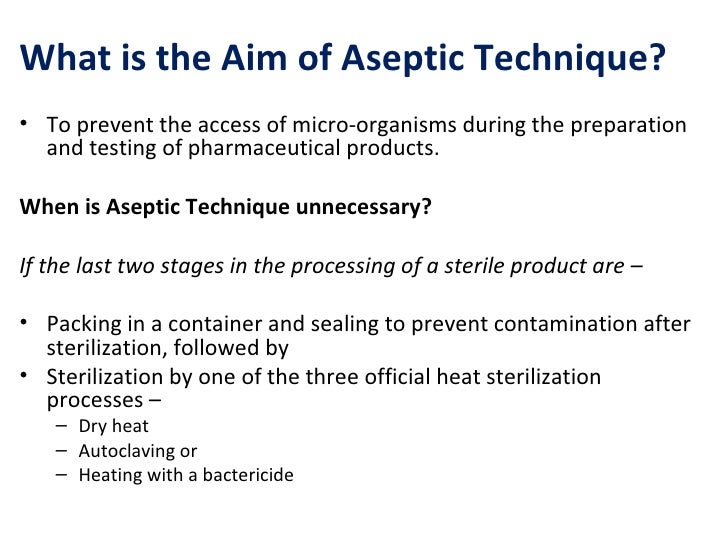
- #EXAMPLES OF MEDICAL ASEPSIS SKIN#
- #EXAMPLES OF MEDICAL ASEPSIS FREE#
Step 6: Use the paper towel to turn off the faucet to prevent contamination. The rubbing motion should be from the fingers to the forearm. #EXAMPLES OF MEDICAL ASEPSIS SKIN#
Blot with a paper towel to reduce skin irritation.
Step 5: Rinse and dry your hands thoroughly. This helps to remove microorganisms from the hand. Also, rub the back of your palms and under the fingernails. 
Ensure to lather each finger, by rubbing around them. Step 4: Rub your hands for 15 seconds.Step 3: Apply 3 to 5 ml liquid soap from a soap dispenser to your wet hands.Step 2: Turn on the water and wet your hands and wrists.Clothes and jewelry facilitate bacterial growth. Remove all items such as rings or wristwatch from the hands. Step 1: Bare the hands, forearms by pushing the gown sleeves above the wrists.Soap and water are used when hands are visibly soiled or dirt/organic material is present on hands. Hand hygiene and using alcohol-based hand rubs are some of the ways in which medical asepsis can be maintained.
#EXAMPLES OF MEDICAL ASEPSIS FREE#
It is a state of being free from disease-causing pathogens. Medical asepsis is about eliminating the spread of microorganisms. Proper knowledge of medical and surgical asepsis technique helps a nursing assistant to prevent the transmission of infection. Appropriate methods of storing and cleaning personal items.Providing proper education to the patient about the type of disease.The spread of communicable diseases can also be prevented by: There are circumscribed outgrowths on the skin which can be communicated by direct or indirect contact with the affected person. Warts (verruca): This is caused by the Human papilloma virus.

Sharing needles with HIV or AIDS hosts can also transmit this disease. In the late stages of this infection, it causes AIDS (acquired immunodeficiency syndrome).
HIV (human immunodeficiency virus): HIV is present in the vaginal fluids or semen of an infected person and gets transmitted sexually. Hepatitis B: hepatitis B virus causes hepatitis B, which causes inflammation of the liver, resulting in liver failure or cirrhosis. Avoiding unprotected sex prevents the spread of Gonorrhea. Gonorrhea: Gonorrhea is transmitted sexually by the Neisseria gonorrhoeae bacterium. Avoiding handshakes and hugs with an infected person, and maintaining good personal hygiene helps to control the spread of this disease. Pink Eye: Pink eye refers to bacterial or viral conjunctivitis, caused by staphylococcus or streptococcus. Rotavirus and norovirus cause Gastroenteritis. Gastroenteritis: This is a highly contagious disease that can occur due to eating contaminated food. Good hygienic practices such as hand washing can avoid the spread of this disease. 
Sneezing, coughing and handshakes spread the throat bacteria easily. Avoiding close contact with the infected individual is the only way to prevent this infection. Strep Throat: This is another common communicable disease caused by Streptococcus pyogenes.
 Whooping Cough: This is a highly communicable disease-causing high-pitched uncontrollable coughing, respiratory infection, runny nose, and fever. Using good hygienic practices such as hand washing can help the disease from spreading. Common Cold: This is a viral infection. Other barrier devices that help nursing assistants from coming in contact with microorganisms include protective glasses, laboratory coats, gowns, mouthpieces, and resuscitation bags. Practicing good hygiene and wearing gloves, surgical masks, face shields are some of the ways in which the spread of communicable diseases can be prevented. To break this chain of communicable disease, you need to break the infectious process. The new host spreads the disease to other unaffected individuals. When this host comes in contact with others, he transmits his infection to another person, that is, a new host. Thereafter, the pathogens start exiting through mouth, nose, eyes, ears, intestines, urinary tract and open wounds of the infected person. The microorganisms multiply inside the host and cause an infection. These microorganisms can be inhaled, ingested or injected into the host (affected person). The CNA schools displayed in this section offer tuition-based programs.Īs a nursing assistant, you need to understand the role of microorganisms in causing communicable diseases.Ĭommunicable diseases also called infectious diseases are caused by pathogenic microorganisms such as viruses, bacteria, protozoa, fungi, and rickettsiae.
Whooping Cough: This is a highly communicable disease-causing high-pitched uncontrollable coughing, respiratory infection, runny nose, and fever. Using good hygienic practices such as hand washing can help the disease from spreading. Common Cold: This is a viral infection. Other barrier devices that help nursing assistants from coming in contact with microorganisms include protective glasses, laboratory coats, gowns, mouthpieces, and resuscitation bags. Practicing good hygiene and wearing gloves, surgical masks, face shields are some of the ways in which the spread of communicable diseases can be prevented. To break this chain of communicable disease, you need to break the infectious process. The new host spreads the disease to other unaffected individuals. When this host comes in contact with others, he transmits his infection to another person, that is, a new host. Thereafter, the pathogens start exiting through mouth, nose, eyes, ears, intestines, urinary tract and open wounds of the infected person. The microorganisms multiply inside the host and cause an infection. These microorganisms can be inhaled, ingested or injected into the host (affected person). The CNA schools displayed in this section offer tuition-based programs.Īs a nursing assistant, you need to understand the role of microorganisms in causing communicable diseases.Ĭommunicable diseases also called infectious diseases are caused by pathogenic microorganisms such as viruses, bacteria, protozoa, fungi, and rickettsiae.








 0 kommentar(er)
0 kommentar(er)
